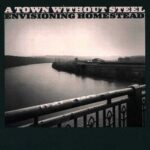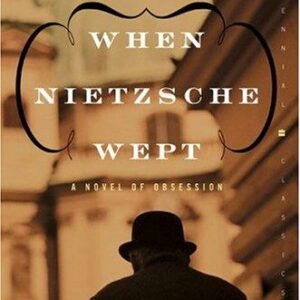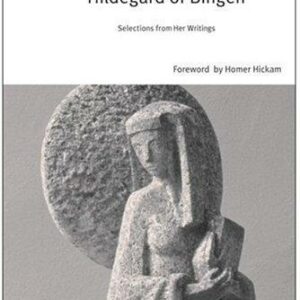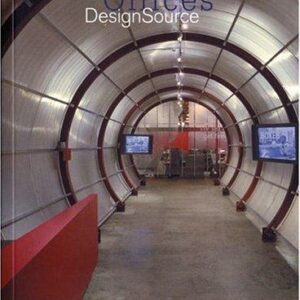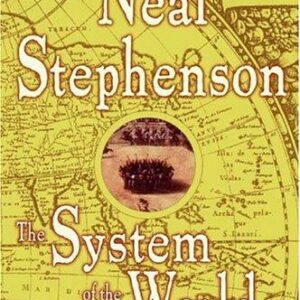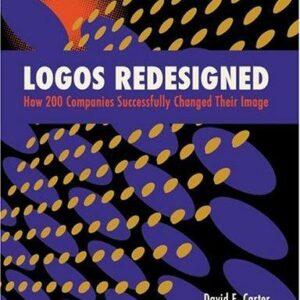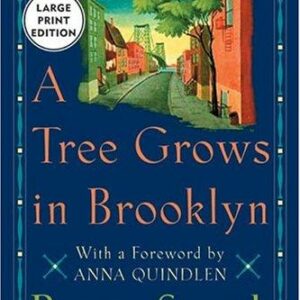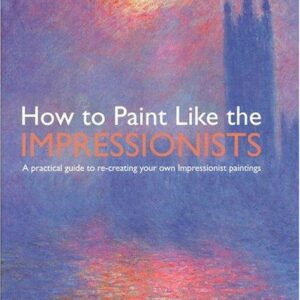A Town Without Steel
$35.95
| Title | Range | Discount |
|---|---|---|
| Trade Discount | 5 + | 25% |
- Description
- Additional information
Description
In 1986, with little warning, the USX Homestead Works closed. Thousands of workers who depended on steel to survive were left without work. A Town Without Steel looks at the people of Homestead as they reinvent their views of household and work and place in this world. The book details the modifications and revisions of domestic strategies in a public crisis. In some ways unique, and in some ways typical of American industrial towns, the plight of Homestead sheds light on social, cultural, and political developments of the late twentieth century.
In this anthropological and photographic account of a town facing the crisis of deindustrialization, A Town Without Steel focuses on families. Reminiscent of Margaret Byington and Lewis Hine’s approach in Homestead, Charlee Brodsky’s photographs document the visual dimension of change in Homestead. The mill that dominated the landscape transformed to a vast, empty lot; a crowded commercial street turns into a ghost town; and an abundance of well-kept homes become an abandoned street of houses for sale. The individual narratives and family snapshots, Modell’s interpretations, and Brodsky’s photographs all evoke the tragedy and the resilience of a town whose primary source of self-identification no longer exists.
In this anthropological and photographic account of a town facing the crisis of deindustrialization, A Town Without Steel focuses on families. Reminiscent of Margaret Byington and Lewis Hine’s approach in Homestead, Charlee Brodsky’s photographs document the visual dimension of change in Homestead. The mill that dominated the landscape transformed to a vast, empty lot; a crowded commercial street turns into a ghost town; and an abundance of well-kept homes become an abandoned street of houses for sale. The individual narratives and family snapshots, Modell’s interpretations, and Brodsky’s photographs all evoke the tragedy and the resilience of a town whose primary source of self-identification no longer exists.
“A Town Without Steel is about what happens about that center of gravity that has imploded. It’s an intimate and revealing portrait of the myriad ways in which people coped or failed to cope with working in steel after it collapsed. . . . Complex, nuanced, yet analytical and grounded in solid historical account, A Town Without Steel is a model worth considering for anyone seeking to understand how people convey their sense of past.”
–Journal of Social History
–Journal of Social History
“In 1986 after three generations grew used to reaping the benefits of well-paying, unionized jobs, the mills closed. They were razed soon after that, leaving a vast empty expanse down by the river and a vast empty hole in the economy of the region. As morale plummeted, so did the constitution of the town, which brings us to today’s situation: Homestead, a town without steel, struggling for a new identity and a chance to survive intact. . . . The hundred -year journey undergone by the people of homestead is grippingly chronicled in documentary fashion by Judith Modell, who spoke to several dozen residents in this town of 42 churches. From their running commentary, she pieces together a saga both heroic and tragic: The people who built the American way of life suffer the most from its consequences. . . . There are probably plenty of other books chronicling the history of the Pittsburgh region and its famous, now-defunct industry, but A Town Without Steel is probably one of the few to do so with a personal touch and the intelligence of an academic source book.”
–IN PITTSBURGH
–IN PITTSBURGH
“Looks at a community centered around the steel industry and its attempts to cope with massive unemployment of the mid-1980s and its effects on individuals, families, and the town. Interviews with 45 men and women shed light on the ways in which the mill closing affected the town across age, gender, and racial lines, and stark b&w photos depict the social landscape and the town’s residents.”
–Reference & Research Book News
–Reference & Research Book News
Judith Modell is professor of anthropology, history, and art at Carnegie Mellon University. She is the author of Ruth Benedict and Kinship with Strangers, as well as a number of theoretical and methodological articles.
Charlee Brodsky is associate professor at Carnegie Mellon University in the School of Design, where she teaches photography. She has received two Pennsylvania Council on the Arts’ Individual Fellowships, one in 1992 to document Homestead. She has also curated numerous exhibitions dealing with the history of photography in western Pennsylvania at The Museum of Art at the Carnegie. She is the author, with Linda Benedict- Jones, of Pittsburgh Revealed: Photographs Since 1850.
Charlee Brodsky is associate professor at Carnegie Mellon University in the School of Design, where she teaches photography. She has received two Pennsylvania Council on the Arts’ Individual Fellowships, one in 1992 to document Homestead. She has also curated numerous exhibitions dealing with the history of photography in western Pennsylvania at The Museum of Art at the Carnegie. She is the author, with Linda Benedict- Jones, of Pittsburgh Revealed: Photographs Since 1850.
Additional information
| Dimensions | 1 × 7 × 10 in |
|---|


